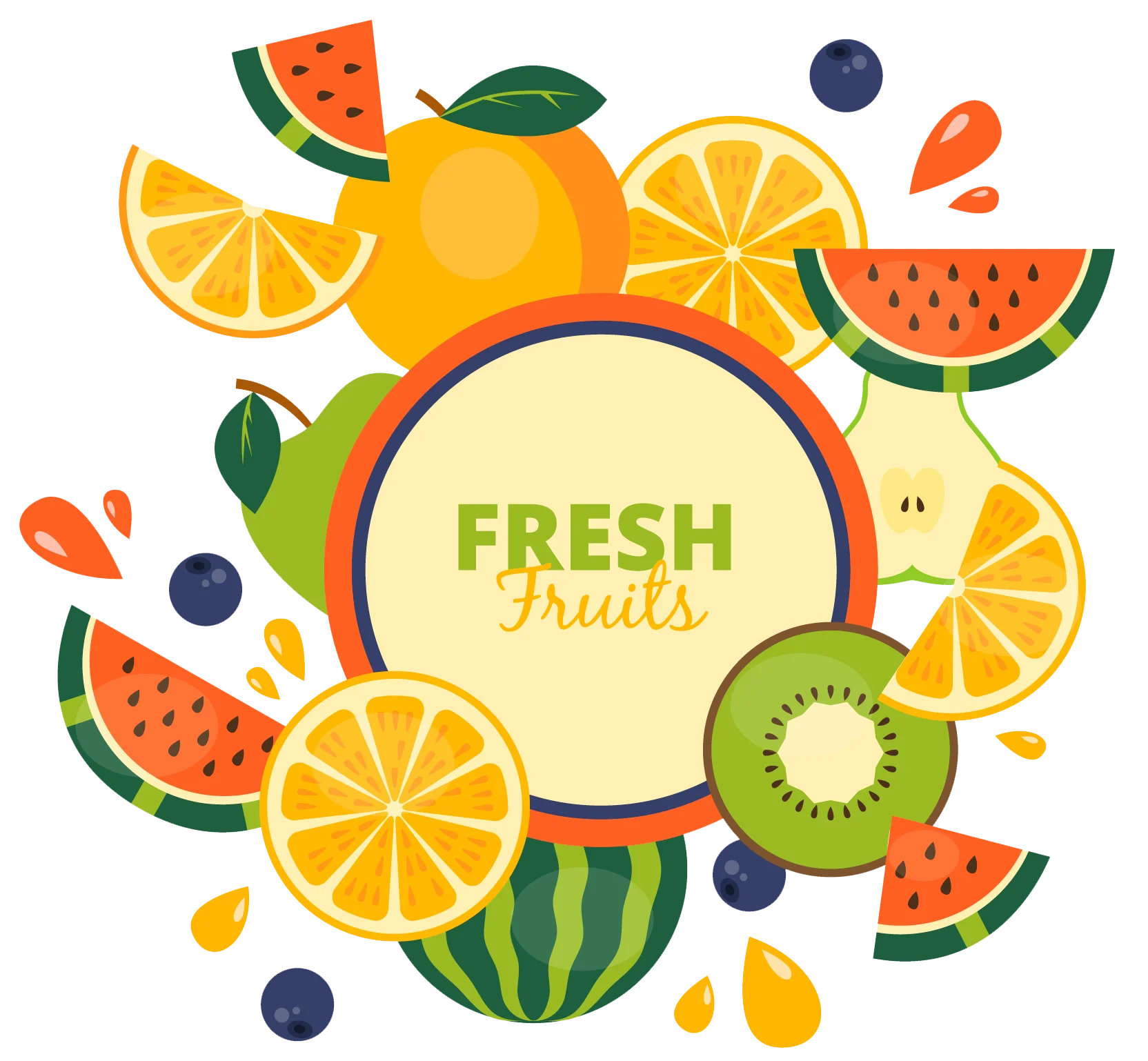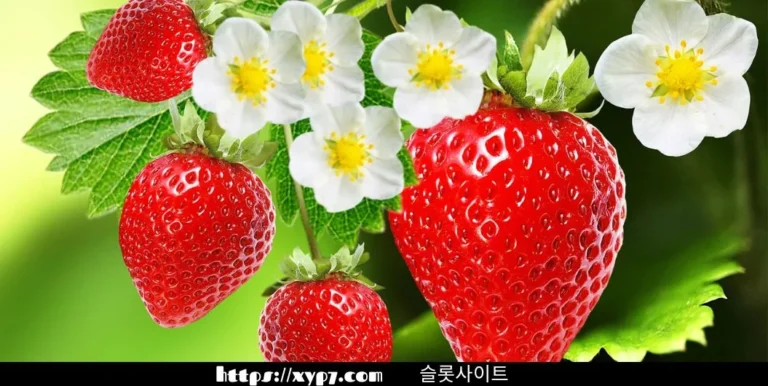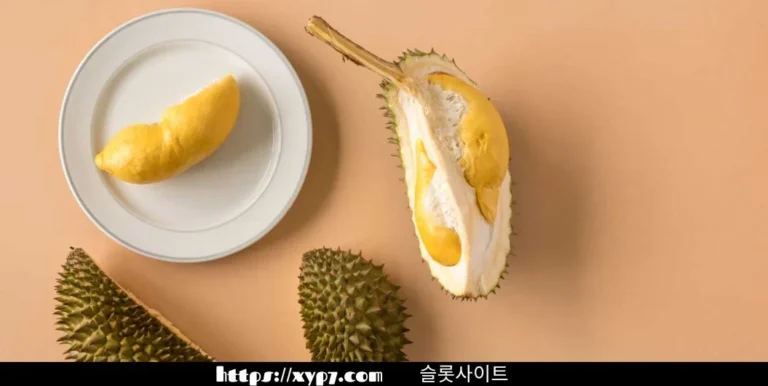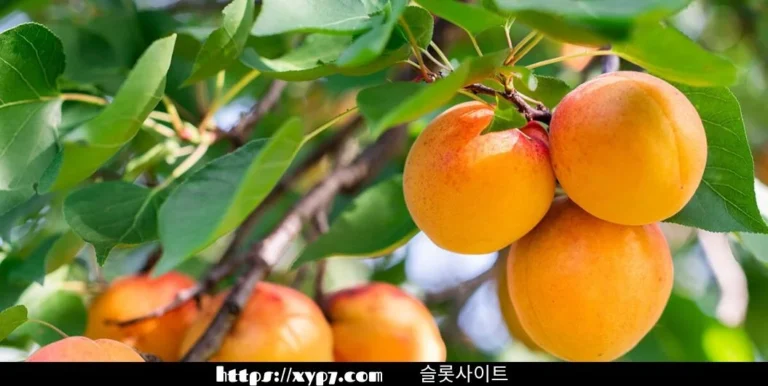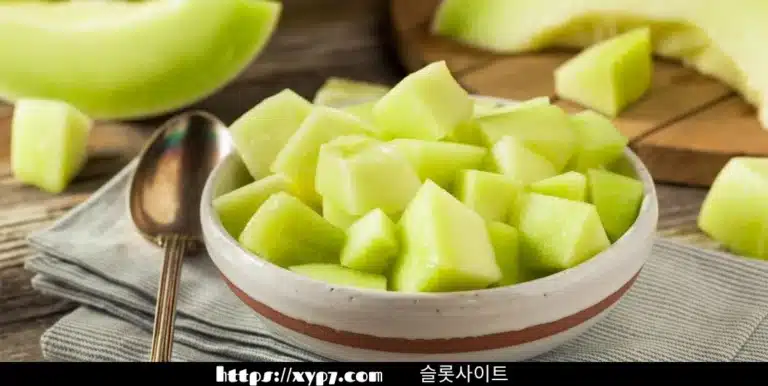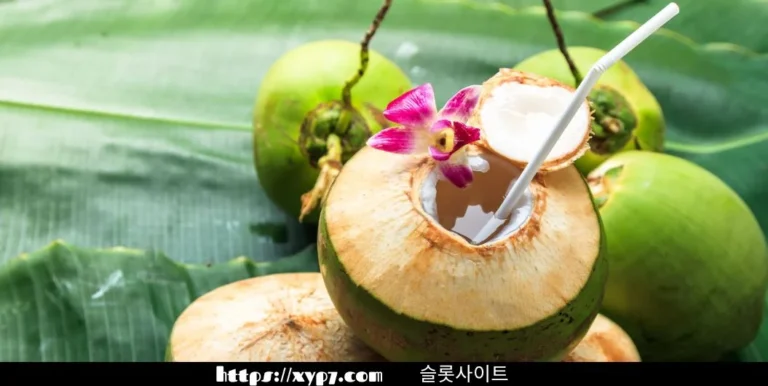Fruits That Are Actually Vegetables
In the realm of culinary classification, the line between fruits and vegetables often blurs. While we may instinctively think of fruits as sweet and vegetables as savory, nature delights in defying our expectations. Prepare to be surprised as we uncover ten fruits that, despite their fruity appearance or taste, are botanically classified as 카지노사이트 vegetables.
10 Fruits That Are Actually Vegetables: Unveiling Nature’s Culinary Surprises
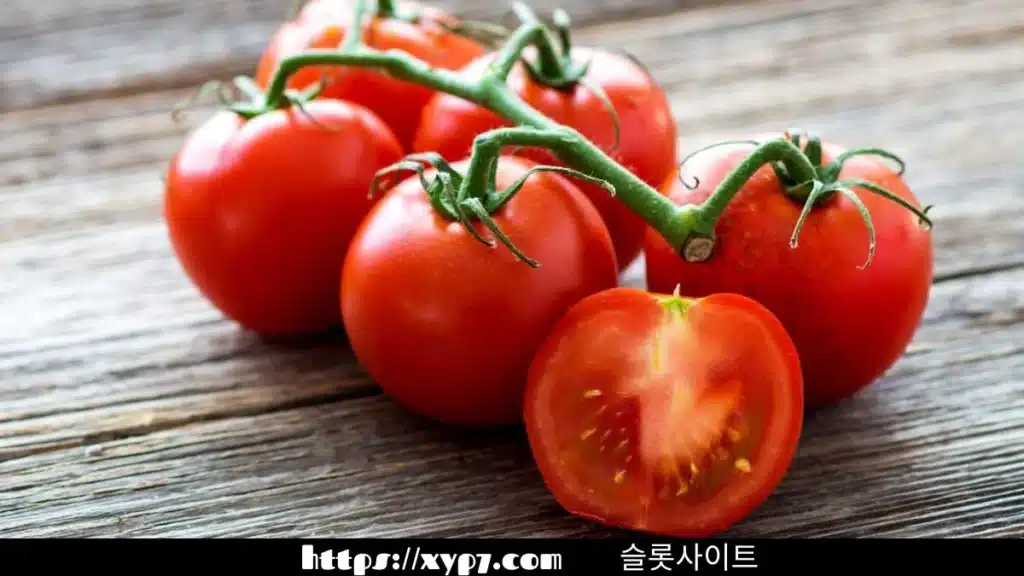
Tomato: The Quintessential Culinary Chameleon
Despite its frequent role in fruit salads and gazpacho, the tomato is, botanically speaking, a fruit. Its savory flavor and culinary versatility make it a staple in countless savory dishes, from sauces to salads.
Avocado: Creamy, Nutrient-Dense Goodness
Renowned for its creamy texture and healthy fats, the avocado is technically a large berry. This nutritional powerhouse adds richness to salads, sandwiches, and dips, blurring the line between fruit and vegetable with its savory taste.
Cucumber: A Cool, Crisp Surprise
Often enjoyed in salads and sandwiches, the cucumber is another fruit masquerading as a vegetable. With its refreshing crunch and high water content, it’s a hydrating addition to summer dishes, despite its botanical classification.
Bell Pepper: Vibrant and Versatile
Available in an array of colors, bell peppers are technically fruits, not vegetables. Their sweet, crunchy flesh adds color and flavor to stir-fries, salads, and stuffed dishes, challenging traditional culinary classifications.
Eggplant: A Global Culinary Staple
Whether roasted, grilled, or fried, the eggplant’s meaty texture and mild flavor lend themselves to a variety of savory dishes. Despite its vegetable-like appearance, it’s botanically classified as a fruit, making it a deliciously deceptive addition to any meal.
Zucchini: A Summer Squash Sensation
A staple in summer gardens and farmer’s markets, zucchini is technically a fruit. Its mild flavor and tender texture make it a versatile ingredient in both savory and sweet dishes, from stir-fries to zucchini 온라인카지노 bread.
Pumpkin: From Pie to Soup
While pumpkin pie may suggest otherwise, pumpkins are botanically classified as fruits. Their sweet, earthy flavor lends itself to both savory and sweet dishes, from soups and stews to pies and desserts, blurring the line between fruit and vegetable in culinary tradition.
Olives: Small Fruits with Big Flavor
Though often associated with savory dishes and olive oil production, olives are technically fruits. Their briny flavor adds depth to salads, pastas, and pizzas, challenging conventional notions of what constitutes a fruit or vegetable.
Pea: Petite and Packed with Protein
Peas, whether fresh or frozen, are technically fruits in botanical terms. Despite their small size, they pack a nutritional punch, adding sweetness and texture to salads, soups, and side dishes.
Okra: A Southern Delicacy
Beloved in Southern cuisine for its unique flavor and slimy texture, okra is botanically classified as a fruit. Whether fried, stewed, or pickled, its culinary versatility challenges traditional notions of what constitutes a fruit or vegetable.
Conclusion
In the colorful tapestry of culinary delights, the distinction between fruits and vegetables often blurs, challenging our preconceived notions and expanding our culinary horizons. From the savory sweetness of tomatoes to the creamy richness of avocados, nature’s botanical quirks offer endless opportunities for culinary creativity and 바카라사이트 exploration.
